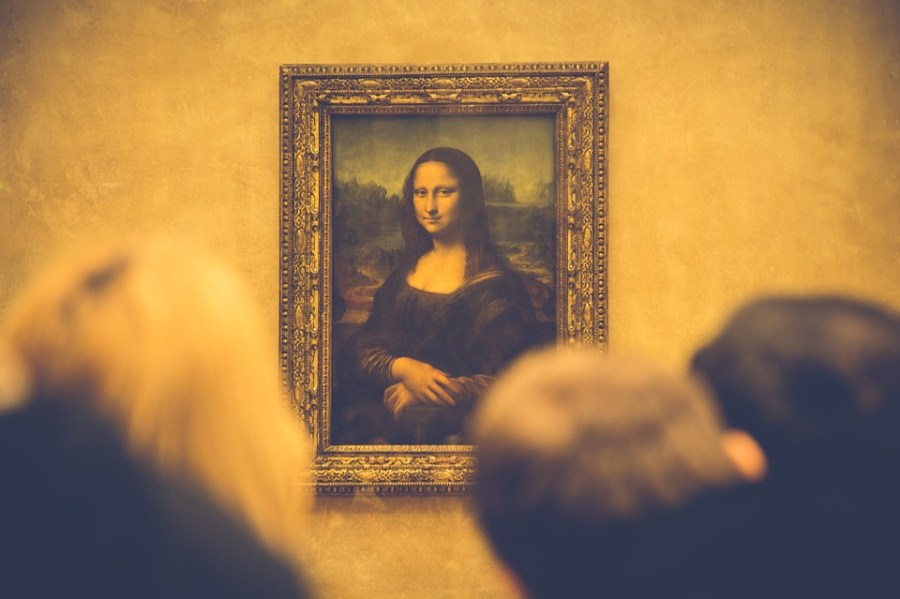Visible Signs Introduction to Semiotics in the Visual Arts

Whether you consider it an investment, a hobby or just a cool style to decorate the walls in your abode, acquiring new art can be a fun and exhilarating experience. Although many people assume collecting fine art is only for millionaires, the truth is you can start your own art collection on whatsoever budget. Yous may not have the funds to fill it with famous pieces, but all that matters is that you fill information technology with pieces you love.
Know What You Like
First, but collect what you lot like, even if it's something obscure that others may not appreciate or understand. Unless you're just trying to make a quick cadet — and that's oft hard to do — putting together a drove won't be fun if you force yourself to cull items just considering they're trendy. If y'all aren't certain what you love, go to the library and check out some art history books. Go to art galleries in your community, and check out the artisan booths at local fairs and festivals. Practise a simple internet search, visit an antiquarian store or flip through the art at your local craft store or big box shop. Figure out what appeals to you, and use that every bit a starting bespeak.
Know Where to Look
The adjacent step is knowing where to discover the fine art you like. Some of the places you visit to discover your sense of taste may also sell the types of pieces you similar. Craft fairs, festivals, antique shops and galleries are good examples, but you lot can shop for art at many other places, including estate sales, where yous may find rare and unique pieces, and fine art websites like Etsy, ArtStar, Uprise Art and Editioned Fine art. Some artists permit you to visit their studios, and auction houses typically accept art in their inventories. If you go to auctions outside of major cities, yous may fifty-fifty observe a rare piece at an splendid cost.
Exercise Your Homework
Earlier you make a purchase, especially an expensive purchase, you lot desire to do your homework on the artist, the item and its background before signing on the dotted line. In some cases, the seller may not realize the value of an item and sell it for a bargain toll, just you don't want to pay too much for a piece, even if you love it. Y'all as well want to avoid buying something advertised every bit an authentic piece that is really just a reproduction. Be on the sentinel for fraudulent items, and learn how to read the documentation that verifies the authenticity and provenance of a piece of art.
Take It Slow
If you know your budget for starting an art collection, don't rush out and spend it all in i day. Don't expect to put together a huge, envious collection overnight. It takes time to curate the perfect collection for your interests, tastes and passions. For many art collectors, the hobby becomes a lifelong journey. You never know when a new creative person you observe turns into a huge success, making that $100 painting you bought worth a small fortune — and bragging rights — one day. Starting slow as well allows you to save upwardly for the more than expensive pieces you may desire to buy one day.
Treat Your Art Well
Finally, afterwards you lot purchase your showtime pieces, make sure you take care of them. Larn how to display and preserve everything you purchase, and make sure yous have enough of space to go on your art. Sure, you could rent a storage building if you don't have enough room in your home for all your treasures, only what's the betoken in having an crawly collection if you tin can't evidence it off? If y'all learn expensive pieces, insure them against theft and disasters. You may also want to make a programme for what happens to your fine art after you laissez passer away. If you lot don't have family, you may want to donate fine art to a museum or clemency, for instance.
macqueenonocclacter46.blogspot.com
Source: https://www.questionsanswered.net/article/how-to-start-an-art-collection?utm_content=params%3Ao%3D740012%26ad%3DdirN%26qo%3DserpIndex